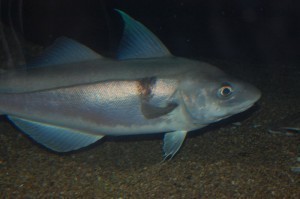Worlds Largest Bear
There have been debates as to what the world’s largest bear is  but consensus among experts finally determined that the Polar Bear is the largest bear in the world.
but consensus among experts finally determined that the Polar Bear is the largest bear in the world.
Polar Bears weigh somewhere around nine hundred to one thousand and five hundred pounds while brown bears are generally around five hundred to nine hundred pounds.
The heaviest Polar Bear ever recorded weighed-in at around two thousand and two hundred ten pounds back in 1960. It was eleven feet and eleven inches high.
Some Interesting Facts About Polar Bears
Did you know that they have been around for more than two hundred thousand years? It was believed that the earliest Polar Bears were actually heavier and taller than the average Polar Bear today.
It has also been assumed, through careful study of the evolution of bears, that these white bears were actually descended from brown bears. It is said that they were separated by glaciers and to adapt to their cold climate, their bodies went through evolutionary changes.
Their physical appearance differs from that of brown bears, other than the obvious fact which is their white color, they also have long pointed noses and their upper body parts are narrower as compared to brown bears.
An adult white bear weighs, on average, between seven hundred and seventy-five pounds and one thousand five hundred pounds while an adult female bear is around three hundred and thirty pounds and five hundred and fifty pounds on average.
These bears walk at an average speed of five to six kilometers per hour. Female bears with cubs on the other hand walk a bit slower, averaging at two to four kilometers per hour.
They can only run short distances, about forty kilometer per hour.
Polar Bears as Predators
Polar Bears are said to be the largest predators around the world today and they love to feed on seals. It is their sharp sense of smell that help them track down their prey.
The bears look out for seals as the seals emerge from the water every 15 minutes or so to get air and this is when the bears come pouncing on their prey. Oftentimes, they would also silently watch the seals as these animals lay on the ice and they pounce on their victims from as far as twenty feet behind the animals.
There would also be times when the bears catch whales stuck in holes on the ice and the whales also make for a great meal for these white bears.





